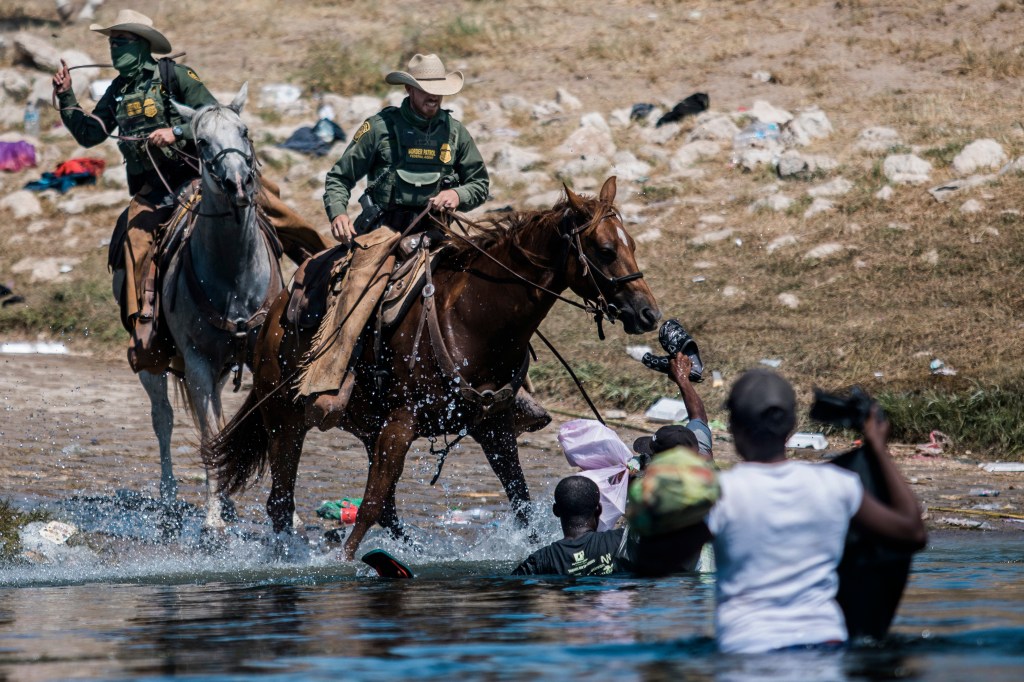
Screen grab via the BBC
More on the refugee crisis from VICE:
We Asked an Expert How to Solve the Calais Migrant Crisis
Videos by VICE
A Myth-Busting Guide to Migration to the UK
This Is What it’s Really Like to Be a Refugee in Britain Today
This article originally appeared on VICE UK
Witnessing images of children’s bloated corpses washing up on beaches has made a lot of people desperate to do something to help with the refugee crisis. For instance, by donating supplies to be taken to those languishing in Calais, or opening their homes to otherwise stranded asylum seekers.
It’s a shame—but an understandable shame—that it took those pictures to rouse the conscience of the great British public. You might have hoped, though, that the government has been basing its approach toward asylum seekers on some serious intel, and that their policy of not letting very many into the country was based on sound logic—not the kind of thing that could be shifted almost overnight by a particularly tear-jerking photo.
However, it seems it was that very photograph that’s made David Cameron feel a pang of urgency too, because yesterday he told the House of Commons that it’s finally time for Britain to step up to the plate. Since 2011, the Syrian Civil War has displaced half of the country’s population and caused over 4 million people to become refugees. David Cameron got back from his summer holidays to tell Parliament that the UK will take 20,000 of them. By 2020.
To be fair, that is a lot more that the 216 who had been allowed into the UK up to this point via the Vulnerable Persons Relocation Regime. It’s also a lot more than the number Cameron would prefer we talk about—the 5,000 Syrians who have been granted asylum in the UK since 2011, separate to that scheme.
However, after you stop holding that number up to Britain’s crappy effort so far, the favorable comparisons run out.
As the Labour MP Sir Gerald Kaufman put it, Cameron’s plan to take 20,000 over five years is pretty poor when “the Germans took in 10,000 on one day.” Caroline Lucas, Brighton’s Green MP, pointed out that 20,000 over five years is the equivalent of 12 refugees per day; Germany expects 800,000 asylum seekers this year alone.
The figure also doesn’t look great when you compare it to previous refugee crises. Britain, for example, took over 75,000 refugees each year for three years from the break up of Yugoslavia.
And a last bit of number crunching: it falls short of the government’s official formula for how to distribute refugees throughout the country, which is one refugee per 200 residents of a town. If you use that as a benchmark, the UK could accept 320,000 refugees.
Read on Motherboard: Hell On High Seas
David Cameron gave his A-grade humanitarian spiel yesterday, with the word “swarms” appearing nowhere near the speech. “The whole country has been deeply moved by the heart-breaking images we have seen over the past few days,” he said. “And it is absolutely right that Britain should fulfill its moral responsibility to help those refugees just as we have done so proudly throughout our history.”
“We will ensure that vulnerable children, including orphans, will be a priority,” he said, failing to mention that vulnerable children and orphans who are taken in could be deported when they hit 18 years of age.
Nevertheless, taking anybody at all is a bit of a U-turn since just last week, when the Prime Minister said Britain still shouldn’t take any more refugees, despite the distressing pictures of a drowned Syrian child, Alan Krudi, going viral. “I don’t think there is an answer that can be achieved simply by taking more and more refugees,” he said. But with the scale of the human tragedy becoming unavoidable, Cameron was starting to look a bit callous. I guess a tough stance doesn’t hold up so well when the scary enemy are leagues of drowned refugees, those who have tried and failed to make it by boat to Western Europe.
Not that yesterday’s announcement will help those people directly. Instead, Britain will take refugees who are currently in camps in Turkey, Jordan, and Lebanon; the idea is that we don’t want to encourage people from taking these dangerous journeys in the first place. Experts say that this “pull factor”—the UK opening their borders being an invitation for refugees to travel across Europe—isn’t a thing, but that doesn’t stop people from banging on about it. It was presumably for this reason that Cameron was keen to hype the £1 billion [$1.54 billion] Britain has given to the Syrian conflict in aid money. “No other European country has come close to this level of support,” he said.
MPs repeatedly asked Cameron how many people we are going to take right now, since the crisis is pretty urgent. He wouldn’t be pinned down. “It depends,” he said, on the UNHCR’s ability to process refugees, and local councils’ willingness to take them. Caroline Lucas asked if the government would guarantee funding for local councils to welcome refugees for more than one year. He sort of skirted around the question.
While taking 20,000 is better than nothing, there are hundreds of thousands Britain could feasibly be helping—but we’re not. And for those refugees who don’t form part of that figure, the reality is still bleak; being forcibly denied access to safety in Britain and potentially being locked up indefinitely in a detention center, only to be deported back to the country you were fleeing. At least for once, opinion has shamed politics into helping refugees out, instead of making a sadistic show of being violently uncaring.
Follow Simon on Twitter.



